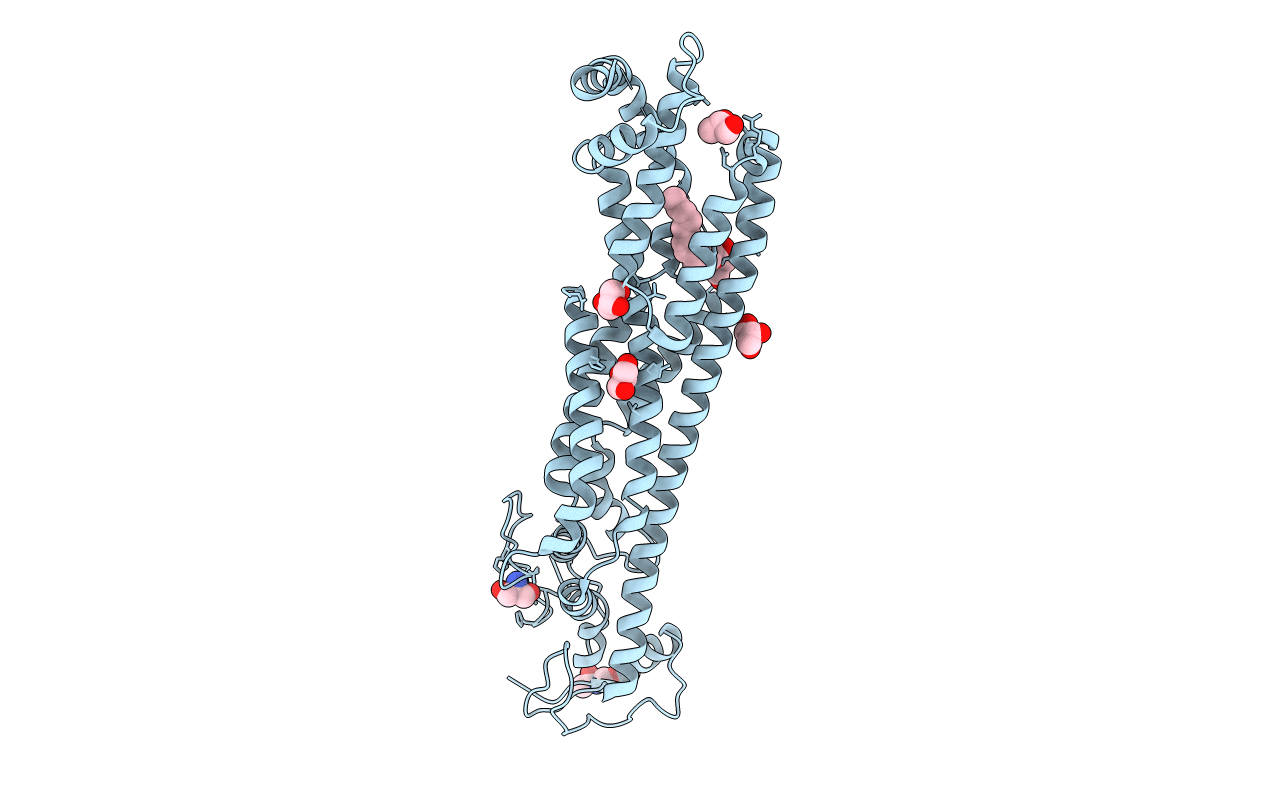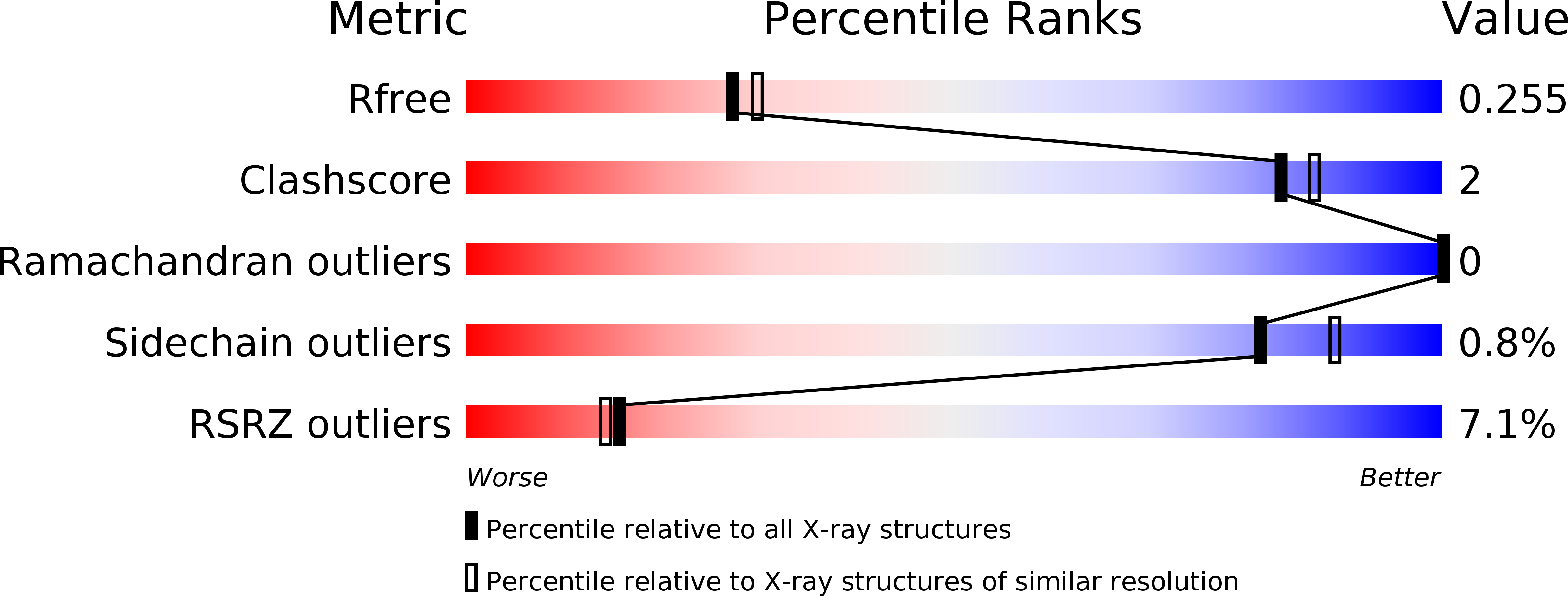
Deposition Date
2020-01-16
Release Date
2020-07-29
Last Version Date
2024-10-16
Entry Detail
PDB ID:
6XTZ
Keywords:
Title:
Structure of Dally-like protein in complex with O-palmitoleoyl serine
Biological Source:
Source Organism:
Drosophila melanogaster (Taxon ID: 7227)
Host Organism:
Method Details:
Experimental Method:
Resolution:
2.21 Å
R-Value Free:
0.25
R-Value Work:
0.22
R-Value Observed:
0.22
Space Group:
P 21 21 21


